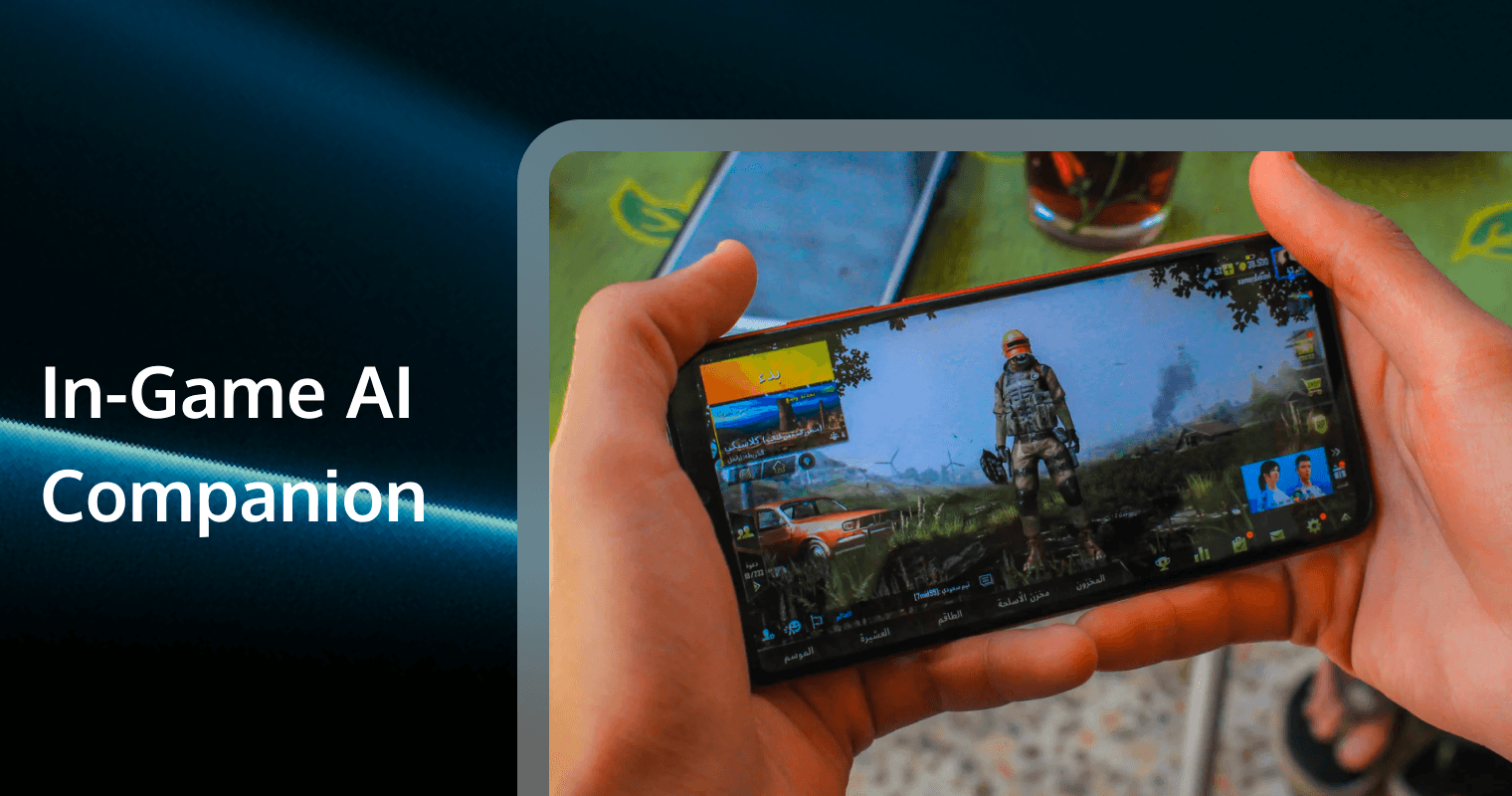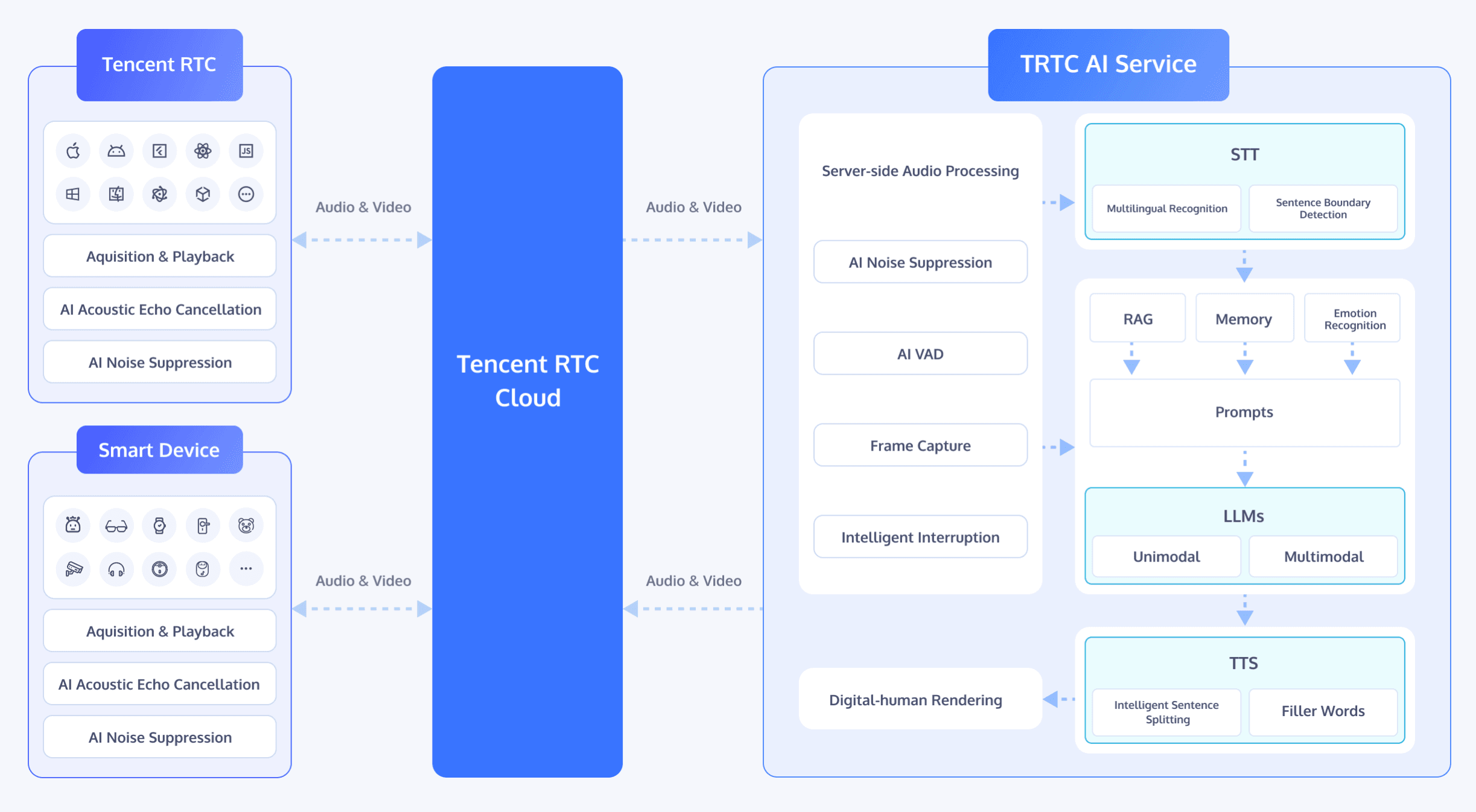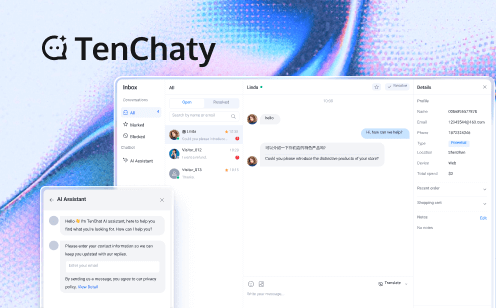
In recent years, the explosive advancement of AI technology has profoundly influenced numerous industries. For the gaming sector, AI not only boosts production efficiency—such as in graphics generation, narrative design, and level creation—but also drives unprecedented innovation in player interaction. From AI NPCs that can “chat” with players, to AI teammates that demonstrate human-like cooperation, and AI assistants capable of recognizing player emotions and providing real-time responses, these emerging gameplay elements redefine both the nature and boundaries of games. This article explores the convergence of AI and gaming, highlighting innovative examples from popular and conceptual titles and offering insights into future trends.
The Transformation of AI NPCs—From “Tool-Like” to “Native Resident”
The Limitations of Traditional NPCs: Scripted Interactions Everywhere
Previously, NPCs were often limited to short, fixed lines of dialogue and repetitive quest prompts; unsurprisingly, after multiple encounters, players would find them dull.
The rigidity of NPC behavior stems from a logic system heavily reliant on pre-scripted instructions or behavior trees, without real-time perception and analysis of player actions or communication.
A New Generation of AI NPCs: Genuine Emotions and Instant Conversations
Through natural language processing and large language models, NPCs can now “understand” the user’s intent and emotional tone within a conversation—even “remembering” past choices made by the player—then respond accordingly.
Such NPCs no longer provide a simple binary “yes/no” reply; rather, they converse in more descriptive, personality-driven language and tone.
Taking Whispers from the Star as an example, players communicate with the protagonist, Stella, via voice or text, guiding her decision-making in a space-survival setting. Stella’s emotions and personality traits evolve based on these interactions, as if truly journeying with a living, breathing character. The game narrative moves beyond superficial “command input” toward “narrative co-creation.”
The Value AI NPCs Bring
- Significantly Heightened Replayability: Every conversation could lead to new branches or endings.
- More Nuanced Character Portrayal: AI NPCs can feel anger or joy and exhibit rational thought, offering players a sense of “companionship” and “immersion.”
- Breaking Conventional World-Building Boundaries: By engaging in free-form dialogue, players can create experiences beyond a fixed script, greatly enhancing the game’s reputation and user loyalty.
The Evolution of AI Assistants—From “Manual” to “External Brain”
Complex Game Progression and New Player Support
In popular competitive genres such as MOBA or FPS, game content has grown considerably: a typical MOBA might feature over a hundred heroes with thousands of gear options; an FPS might have a dozen maps and multiple weapon combinations.
If new players rely solely on text-based guides or rigid tutorials, they typically experience limited immersion and a steep learning curve. An AI assistant can provide on-demand, voice-based instruction anytime, enabling players to “learn while playing.”
For instance, Honor of Kings introduced an AI Coaching module that offers real-time hero-specific advice on laning, gear/skill combos, and teamfight tactics. A multi-language system and hero-voice TTS are also included, providing an “immersive” tutorial experience to help newcomers quickly adapt.
Supporting Global Operations with Multilingual Capabilities
By combining large language models with TTS technology, an AI assistant can seamlessly support multiple languages, enabling game developers to deliver unique tutorials or customer service options in various regional markets.
Players can effortlessly switch between different languages while utilizing an intelligent translation feature that facilitates cross-server matchmaking and cross-lingual communication. For game developers, this presents vast potential for user expansion and market growth.
More Empathetic, Emotionally Engaging Support
An AI assistant can offer encouragement when sensing a player’s disappointment or frustration, or it can propose aggressive strategies when the player has an advantageous lead.
Such “emotional intervention” not only strengthens player retention but also sparks greater discussion and sharing within the community.
AI Teammates—From “Bot Control” to “Reliable Partner”
The Challenge of Virtual Teammates in Team Games
Many players who go solo or prefer less social interaction can only queue with AI teammates. However, “bot teammates” are often criticized for poor decision-making. With limited flexibility in communication, they mainly rely on simple, fixed commands—insufficient for increasingly complex tactical requirements.
Distinguishing Features of AI Teammates
- Natural Language Comprehension: If a player says, “You go to the first floor; I’ll flank from the back door,” AI teammates can factor in the map layout and overall context to either execute the plan or suggest a better approach.
• Real-Time Coordination and Feedback: AI can proactively monitor enemy positions, ally health, and resource distribution, dispensing items or warning players about the shrinking safe zone as needed.
In Dark Zone Breakout, for example, the AI companion F.A.C.U.L. parses statements like “Keep them occupied in front, charge after three seconds” and infers urgency and priority from the user’s tone. Subsequent exchanges may feature the AI proactively suggesting defensive measures if the user repeatedly complains about “too many enemies.” PlayerUnknown’s Battlegrounds (Peacekeeper Elite) offers a similar experience: players can pick AI teammates with varying personalities, each capable of voice-channel chat and even providing ammo or gear. The newbie-friendly mode also reminds players to “mind the safe zone” or “watch for nearby footsteps,” improving overall experience and enhancing that sense of “partnership” with the AI.
Reshaping the Social Ecosystem
Players no longer face “lonely solo queues” if they lack human teammates, as AI partners can deliver near-human cooperative enjoyment.
For those who prefer solitary immersion, AI teammates offer engaging companionship without the pressure of social interaction.
Future Outlook—From Immersion to a Surge in Creativity
Opportunities Sparked by AI × Games
- A Creative Explosion: Beyond simply chatting with AI characters, players could use AI to customize characters, personalities, and narratives, essentially turning the game into a massive platform for user-generated content.
- Personalized Distribution: AI can adjust difficulty, style, or storyline according to each player’s preferences, achieving a truly “tailor-made” experience that enhances user engagement.
Industry Challenges
- Computational Power and Cost: Large-scale real-time dialog and multi-language audio processing require significant cloud resources and a robust low-latency network.
- Content Regulation and Ethics: Developers must ensure that AI-generated dialog, narratives, or feedback do not breach sensitive content guidelines, requiring robust moderation systems and user protection.
- Balancing Game Fun: Overpowered or error-prone AI can disrupt game balance, necessitating continuous fine-tuning by operators.
Tencent RTC GME AI Real-Time Conversational Solution
Tencent RTC, leveraging Tencent’s extensive experience in game development and operation, previously released a one-stop voice solution specialized for gaming—Game Multimedia Engine (GME). With breakthroughs in AI, Tencent Cloud TRTC integrates GME with AI real-time conversation capabilities, offering game developers the most optimized, low-latency pipeline. It also incorporates Tencent Cloud ASR, combined with LLM/TTS solutions for deeper optimization. This approach lowers the total AI conversational latency to around 1000ms—comparable to a human’s reaction time—and adds pioneering features like voiceprint recognition, semantic segmentation, background audio, bridging phrases for more natural, lifelike dialogs.

Building on high-efficiency acquisition, processing, and transmission of audio-video data, the GME AI real-time conversational solution adds key features crucial to game scenarios, such as intelligent noise suppression, interruption handling, and context management. With minimal development overhead, one can quickly achieve fully open-mic AI voice interaction—a straightforward pathway for game developers to integrate AI NPC, AI game assistants, AI teammates, and other advanced AI-driven features, offering a new dimension of in-game interaction.
Global AI Conversational Latency Under 1000ms
The GME AI real-time conversation solution applies extensive optimizations specifically for social and gaming environments, achieving industry-leading performance in bitrate, latency, and resource consumption. By using streaming-based segmentation and connection pooling, global end-to-end audio-video latency is kept under 300ms, and total AI conversational latency stays below 1000ms. With coverage across six continents, 3200+ acceleration nodes, and robust multi-service redundancy, global operations remain consistently high in quality and stability.
Fully Open Microphone, AI Dialogs Rivaling Human-Like Communication
Proprietary echo cancellation and noise suppression algorithms significantly reduce typical background noises such as keyboard or mouse clicks in gaming. A new noise reduction engine powered by AI enhances ASR accuracy in real time. Addressing casual speech and specialized in-game terminology, the solution uses labeled audio data from real gaming scenarios for model fine-tuning, plus user-defined hotword libraries. It supports precise ASR in English, Spanish, Japanese, Korean, Chinese, and 23 dialects across 130 international languages.
The system also builds in double-talk interrupt and context management among its core AI real-time dialog capabilities. Players can keep their microphones always open to chat freely with AI. Without specifying the end of a statement, the AI can still accurately interpret user intentions—and if the AI is speaking, the user can interrupt at any time to shift topics or issue new commands. This offers conversation quality comparable to human interaction.
3D Spatial Audio, Opening New Frontiers for In-Game AI Voice
The GME AI real-time conversation solution uniquely supports 3D audio technology, restoring spatial audio details through range attenuation, human voice blurring, atmospheric attenuation, etc., allowing players to locate teammates by voice alone and delivering an immersive audio experience. It also integrates seamlessly with the Wwise audio engine, innovatively preventing background music from cutting out during open-mic sessions while enabling more varied audio interplay. Additionally, GME’s AI solution supports voice cloning, allowing voice timbre replication and customizable volume and speech speed, infusing each game character with a unique vocal identity.
Multi-Platform Compatibility, Low-Cost Integration
GME AI real-time conversation merges and optimizes the full AI dialog pipeline in a single solution, enabling developers to embed AI conversational features into various games without dealing with complex technical details—significantly shortening development cycles.
The GME solution supports mainstream consoles and deeply integrates with UE, Unity, and Cocos engines across iOS, Android, Windows, macOS, Web, and Flutter—covering more than 20,000 device models. It’s highly open, letting enterprises bring their own large language models (LLMs) and TTS services. By configuring relevant account credentials, any third-party LLM or TTS can be seamlessly integrated within the service backend.
Tencent RTC also provides a no-code quick testing environment for AI real-time conversation, enabling users to rapidly configure and test AI conversational functionality with zero coding skill required. For any questions during the AI conversation testing process or to learn more about GME’s AI real-time conversation solution, feel free to contact us.
Conclusion
When AI ceases to be merely a “behind-the-scenes tool” and seamlessly pervades NPCs, teammates, and assistants across the game’s ecosystem, the barrier between player and virtual world diminishes further. Increasing numbers of studios are now experimenting with AI-powered real-time voice, natural language processing, and large language models across different products, ushering “digital life” into the player’s world.
For a gaming industry continually striving for innovation and immersion, the development of AI unlocks unprecedented opportunities—liberating creative capacity, enhancing narrative approaches, extending product life cycles, and forging deeper social and emotional resonance. What other surprises might arise from the fusion of AI × Games in the future? Perhaps it’s time for you to jump in and co-create that answer yourself.

